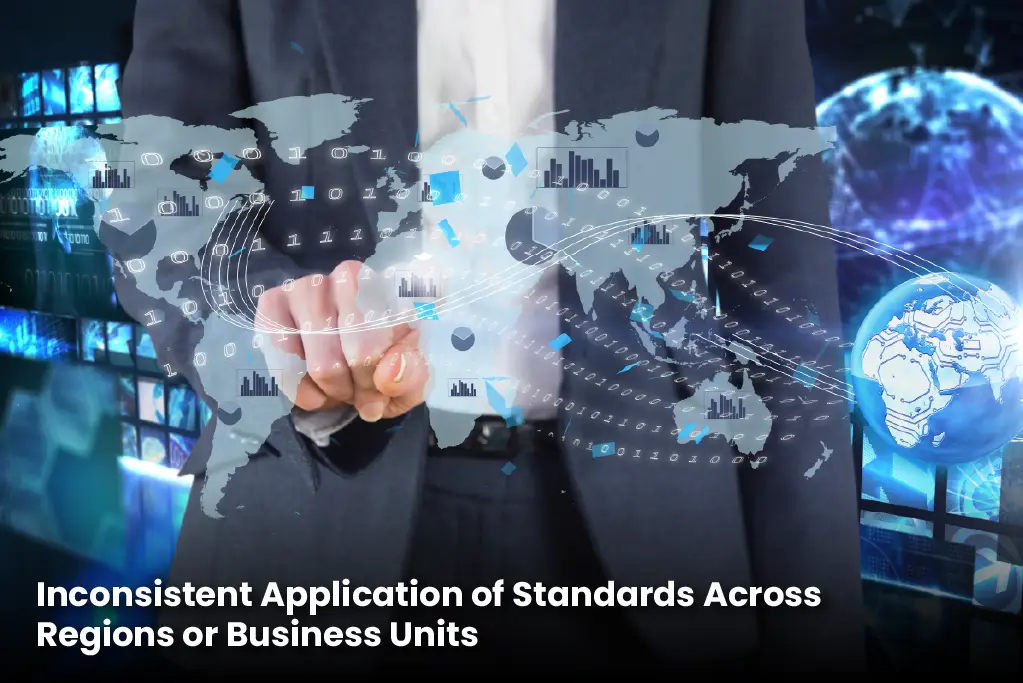Revenue recognition is one of the most scrutinized aspects of financial reporting. It affects not only how a company presents its performance but also how it is perceived by regulators, investors, and auditors. Despite its importance, many organizations still struggle to apply revenue recognition rules consistently and accurately. The consequences can be serious, ranging from restatements and compliance penalties to reputational damage and loss of investor confidence. In fiscal year 2023, the U.S. Securities and Exchange Commission (SEC) filed 784 total enforcement actions, including 501 original, or ‘stand-alone,’ enforcement actions, an 8% increase from the previous year. This rise reflects the SEC’s heightened scrutiny on financial reporting and accounting practices, particularly revenue recognition
These problems often aren’t about bad intent. They usually come from simple missteps, process gaps, or unclear standards. Things get trickier with recurring revenue, bundles, or custom contracts. Without a disciplined approach, even good teams can slip up on accounting rules.
This guide looks at five of the most common mistakes companies make in revenue recognition. More importantly, it explains how to avoid them through better practices, clearer policies, and more integrated financial operations.
Recognizing Revenue Too Early
The most frequent misstep in revenue recognition is recording revenue before it is actually earned. This often happens when businesses treat a signed contract or a customer payment as the trigger to book revenue. While these are important milestones, they do not always signal that performance obligations have been met.
Revenue should be recognized only when goods or services are delivered and control shifts to the customer. For software firms, that means waiting until access is granted or key implementation milestones are met.
The pressure to show growth can push teams to accelerate recognition. Sales teams may close a deal late in the quarter, and finance teams might feel compelled to record it immediately. But doing so without evaluating the performance criteria creates risk. Audits become more difficult. Financial statements lose credibility. According to the Public Company Accounting Oversight Board (PCAOB), inspections conducted in 2023 revealed that 46% of the audit engagements reviewed had Part I.A deficiencies. These deficiencies show auditors didn’t gather enough proper evidence to back their opinions on financial statements or internal controls. The rise from previous years highlights ongoing challenges in audit quality, especially around revenue recognition.
To avoid this mistake, organizations must have a clear policy that defines the point of revenue recognition for each product or service line. This policy must be enforced across departments. Contracts should be reviewed with accounting in mind, and any changes in delivery scope or timing should trigger a reassessment.
Treating All Contracts the Same
Not all customer contracts follow the same structure. Some are straightforward product purchases. Others involve multi-year service agreements, bundled hardware and support, or performance-based milestones. Applying a one-size-fits-all model to these contracts leads to misclassification, inconsistent treatment, and incorrect timing.
Revenue recognition rules require that contracts be broken down into performance obligations. Each obligation is then assessed independently. If one part of the contract is delivered immediately and another over time, the revenue must follow that pattern.
The mistake here lies in operational shortcuts. Teams may treat all revenue as deferred and recognize it evenly. Or they may recognize all of it up front without segmenting the obligations. Neither approach satisfies accounting standards.
To fix this, companies need a contract review process that involves both finance and operations. Systems must support the allocation of transaction price across obligations. Policies must outline how delivery is confirmed for each type. Training helps reinforce the differences between contract types, ensuring that teams understand the downstream implications.
Lacking Integration Between Sales, Finance, and Operations

Revenue recognition is a cross-functional outcome. It depends on how deals are structured, how delivery is tracked, and how milestones are confirmed. When sales, finance, and operations work in isolation, key details are lost. This creates gaps in documentation, delays in recognition, and inconsistencies across reporting periods.
For example, a sales team may sell a service bundle with assumptions about delivery timelines. Operations may deliver on a different schedule. Finance may not be aware of the actual delivery date and recognize revenue based on the original plan. The result is a mismatch between reported revenue and actual performance.
Misalignment also creates audit friction. Auditors look for evidence that obligations have been fulfilled. Without integration, the proof is fragmented or incomplete.
The solution is to connect systems and workflows. Sales should log contract details in a way that is accessible to finance. Operations should report delivery through structured systems that flag completion. Finance should use this information to drive recognition decisions. When each team sees the same data, risk decreases and accountability improves.
Also Read: What Is Revenue Cloud? A Complete Guide for Revenue Leaders
Failing to Update for Contract Modifications
Many companies handle contract modifications without adjusting the revenue recognition treatment. This often happens when changes are seen as operational rather than financial. A scope change may be agreed to informally. A new feature may be added midstream. A delivery timeline may be extended. Each of these changes can affect how revenue should be recognized, yet many organizations fail to reassess them properly.
Contract modifications are not unusual. They reflect how businesses evolve and respond to client needs. But from an accounting standpoint, they can alter performance obligations, transaction price, or delivery schedules. If those elements shift, the revenue treatment must shift as well.
A common problem is treating contract changes like the original deal. This can cause under- or over-reporting. Sometimes, companies book revenue for unfinished services; other times, they delay revenue that’s already earned.
Avoiding this mistake requires a formal process for handling modifications. Any change that affects value, scope, or delivery must trigger a contract review. This review should determine whether the change creates a separate contract, modifies existing terms, or requires reallocation of revenue. Documentation must support the rationale and the revised accounting treatment.
Inconsistent Application of Standards Across Regions or Business Units

Enterprises with multiple locations or business units often run into challenges with consistent revenue recognition. Different teams may interpret rules differently. Local practices may drift from corporate policy. Systems may vary in how they capture and report revenue-related data. These differences, while sometimes subtle, can lead to material inconsistencies in the financials.
This problem becomes more visible during consolidation or external audits. One unit may defer revenue while another recognizes it immediately for the same type of transaction. The result is a distorted view of performance. Variations in compliance can also create regulatory risk, especially when operating in jurisdictions with their own reporting requirements.
The underlying cause is usually a lack of centralized oversight and control. Without a standardized framework, local teams rely on their own interpretation of policies. As these interpretations multiply, uniformity breaks down.
To address this, organizations must establish a unified revenue recognition policy that applies across all entities. That policy must be supported by training, oversight, and regular audits. Technology should enable consistency by applying the same logic and rules across systems. When exceptions are necessary, they must be documented and reviewed. A centralized team should oversee the process and ensure compliance across regions.
The Path Forward: Precision and Collaboration
Revenue recognition is not just a technical requirement. It is a representation of how a company delivers on its promises. When done right, it reflects value delivered to customers and earned by the business. When done poorly, it creates confusion, risk, and a breakdown in trust.
The mistakes outlined above are avoidable. They result not from a lack of intent, but from outdated processes, disconnected teams, and limited visibility into the full customer lifecycle. Fixing them requires more than adjusting journal entries. It requires operational clarity, cross-functional integration, and systems that reflect the actual flow of business activity.
The companies that succeed in this area are not just compliant. They are confident in their reporting. They know when, why, and how revenue is recognized. They can answer auditor questions without scrambling. And they can support strategic decisions with accurate, timely financial insight.
Conclusion
Revenue recognition may seem like a backend function. But in today’s environment, it plays a critical role in financial integrity and enterprise credibility. As business models grow more complex, the risks increase. So do the expectations.
Avoiding the most common mistakes takes more than awareness. It requires a framework that supports precision, adaptability, and transparency. By aligning policy, process, and technology, organizations can move beyond compliance and toward control.
The result is not just better accounting. It is better business performance.

